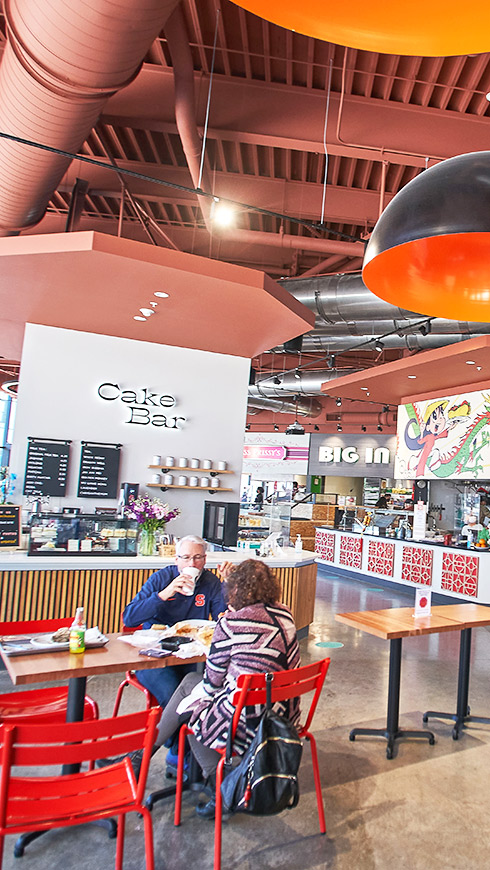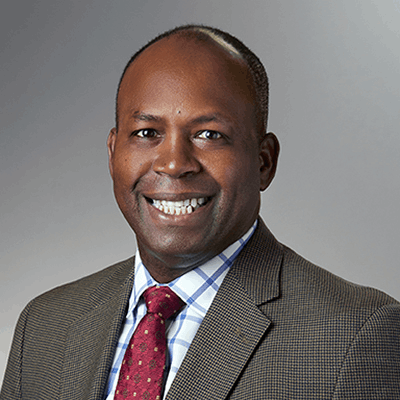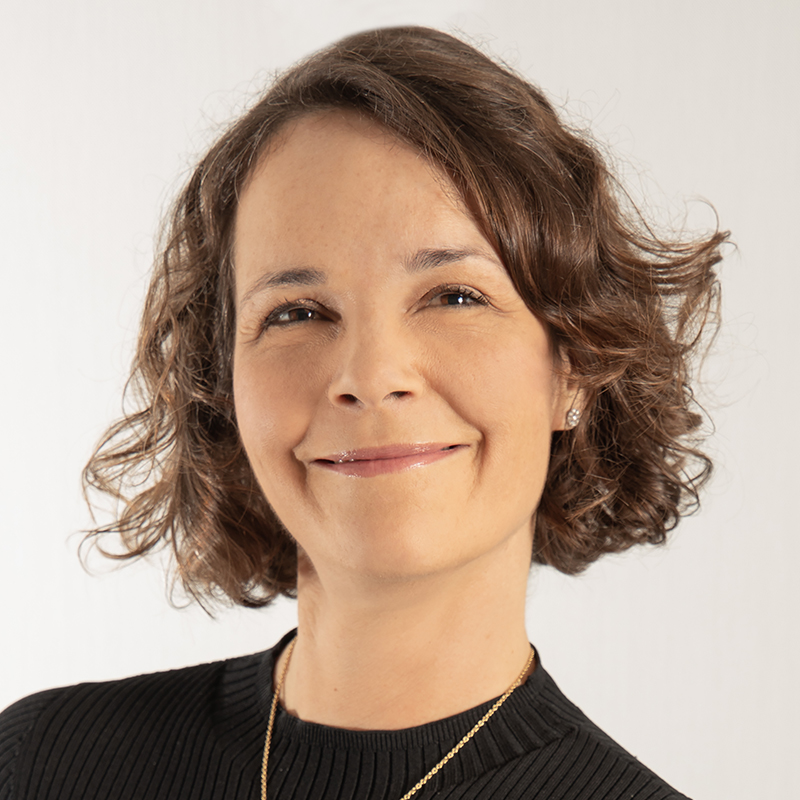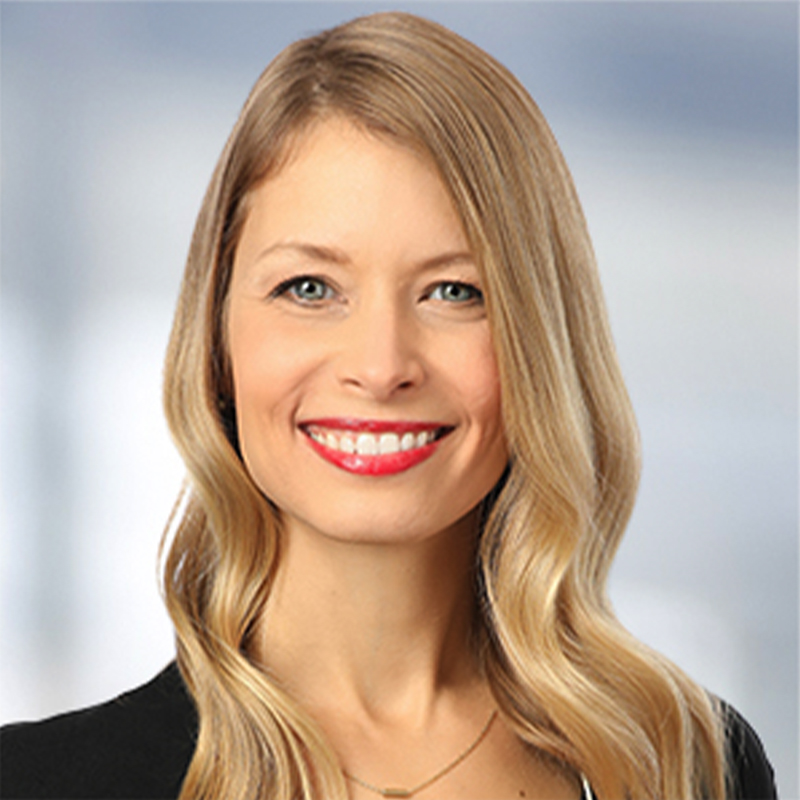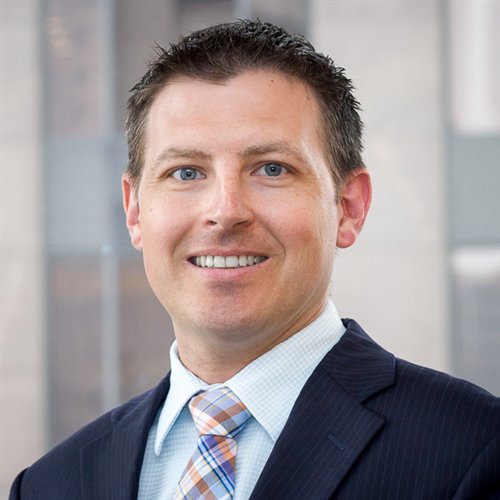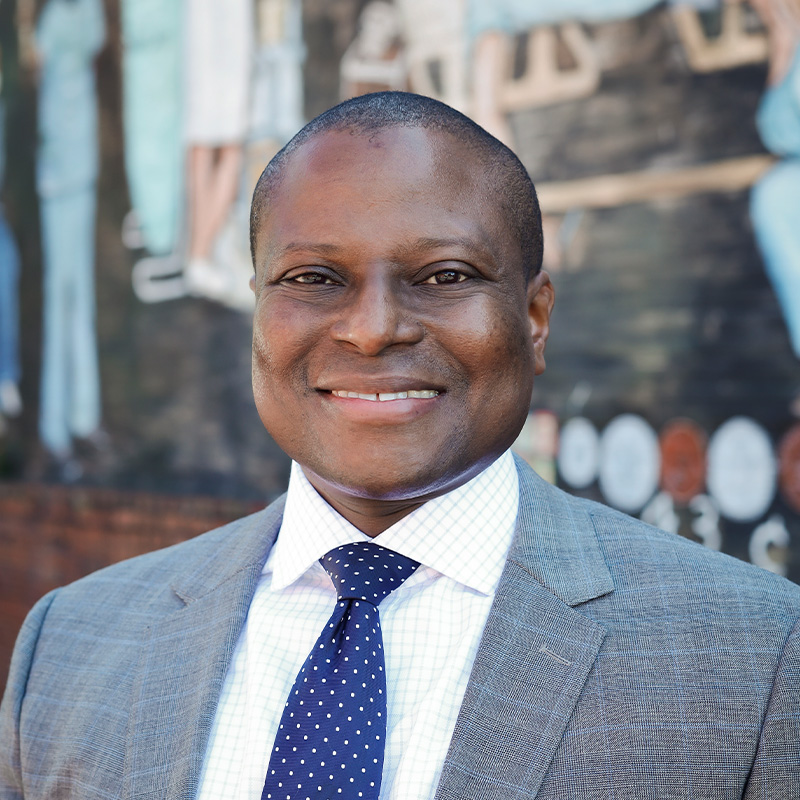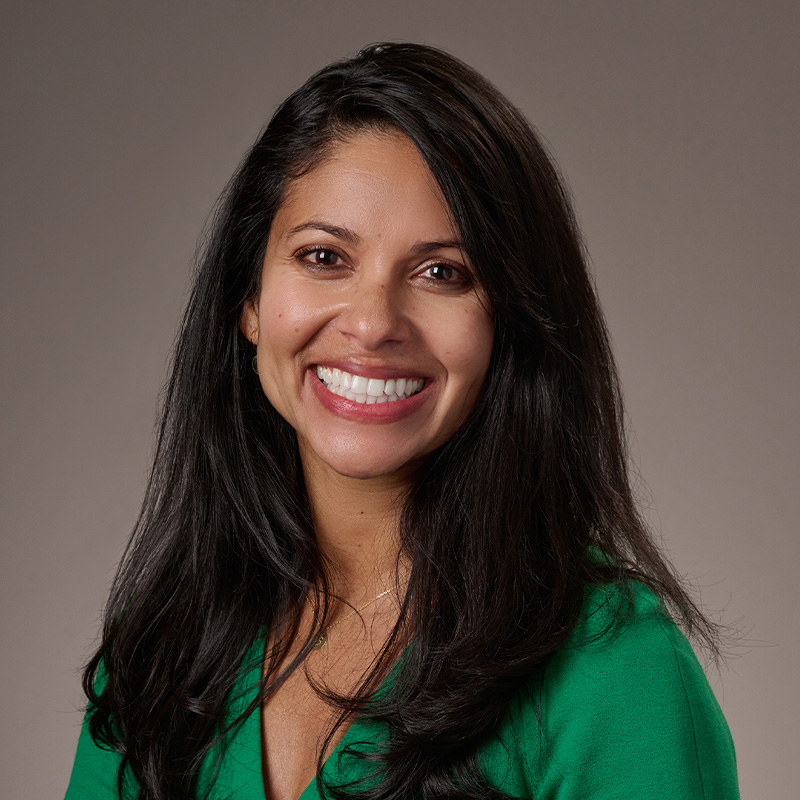Community Development Banking
We’re empowering people and strengthening communities by expanding access to capital. Through loans, investments and specialized financing, we support developers and community organizations serving low- and moderate-income families nationwide.
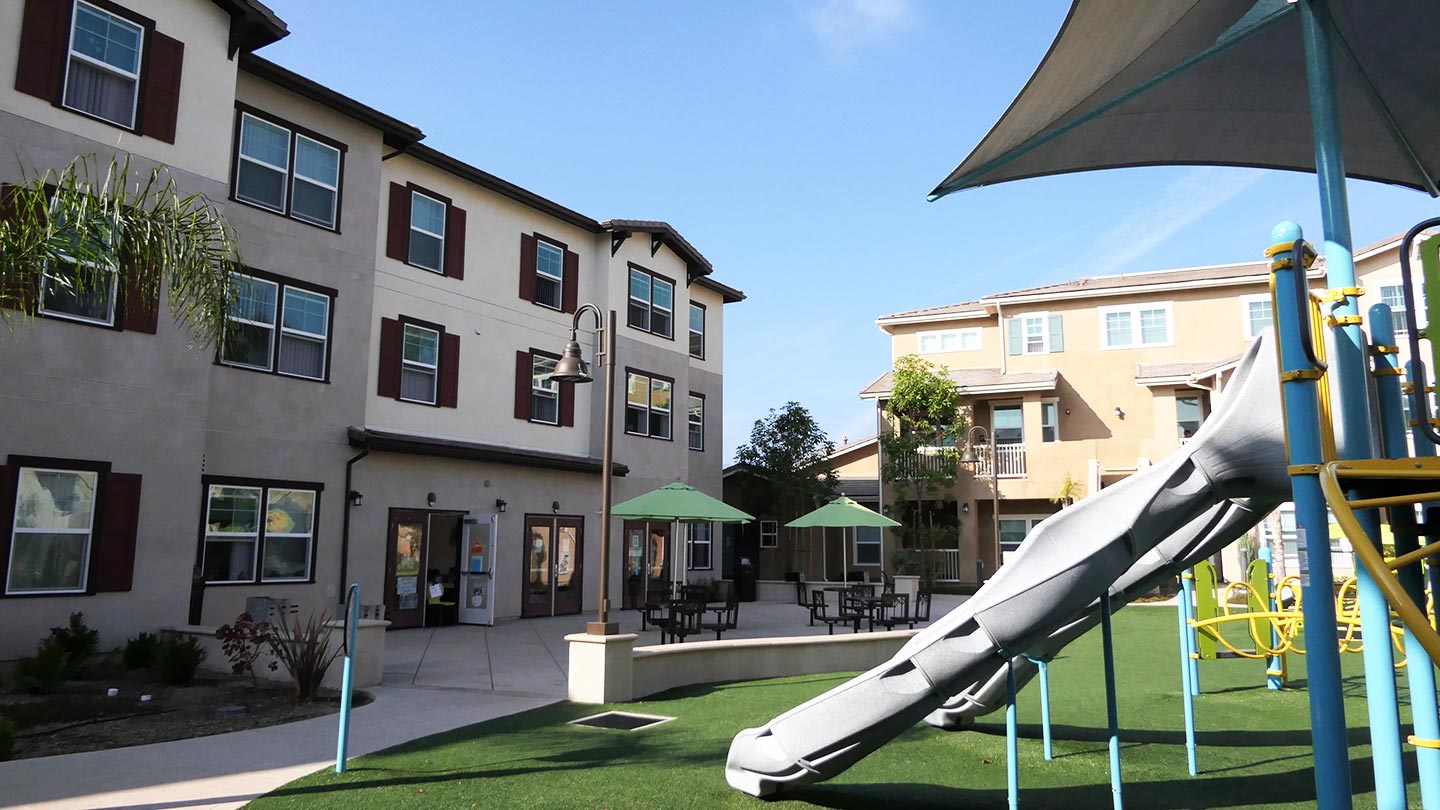
$7.6B+
lending portfolio held on balance sheet
$3.1B+
tax credit equity investments1
$25.3B+
committed to finance affordable housing1
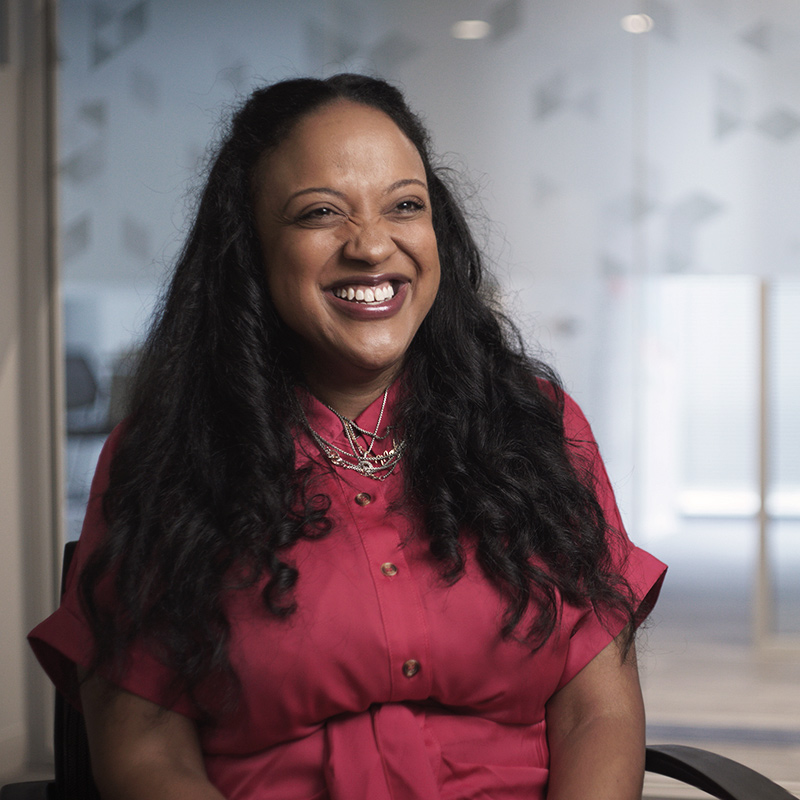
Meet the people behind Community Development Banking’s investments
J.P. Morgan Community Development Banking ties financial value to social impact—no matter how complex the project. See how our work directly impacts Community Development Financial Institutions and their funding recipients.
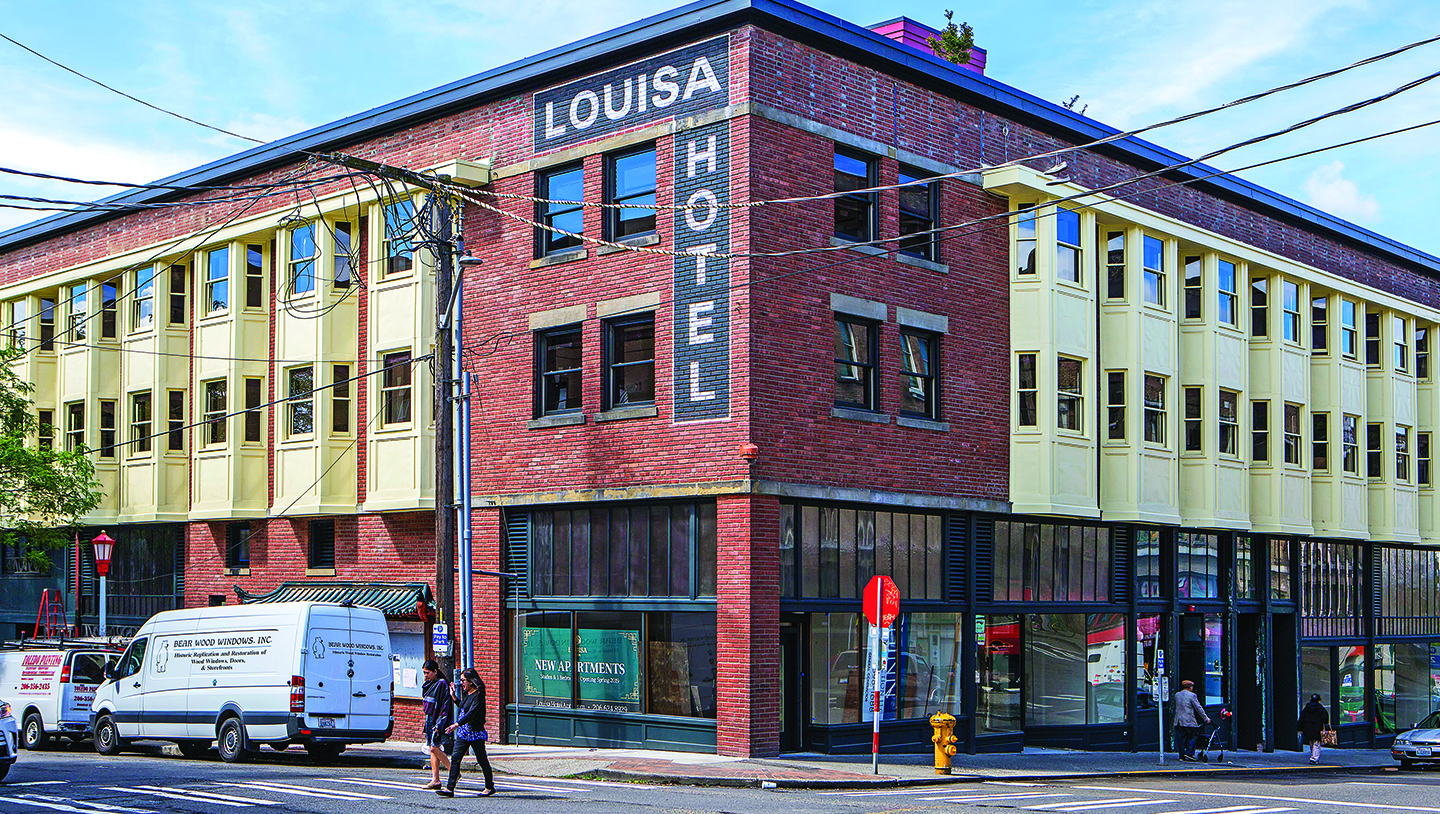
Our Community Impact
From affordable housing to manufacturing facilities, see our work in communities across the U.S.
Connect with our experts
Related insights

Real Estate
In the News
Dec 04, 2025
Learn from JPMorgan Chase commercial real estate leaders and stay up to date on the latest industry news and media coverage.
Read more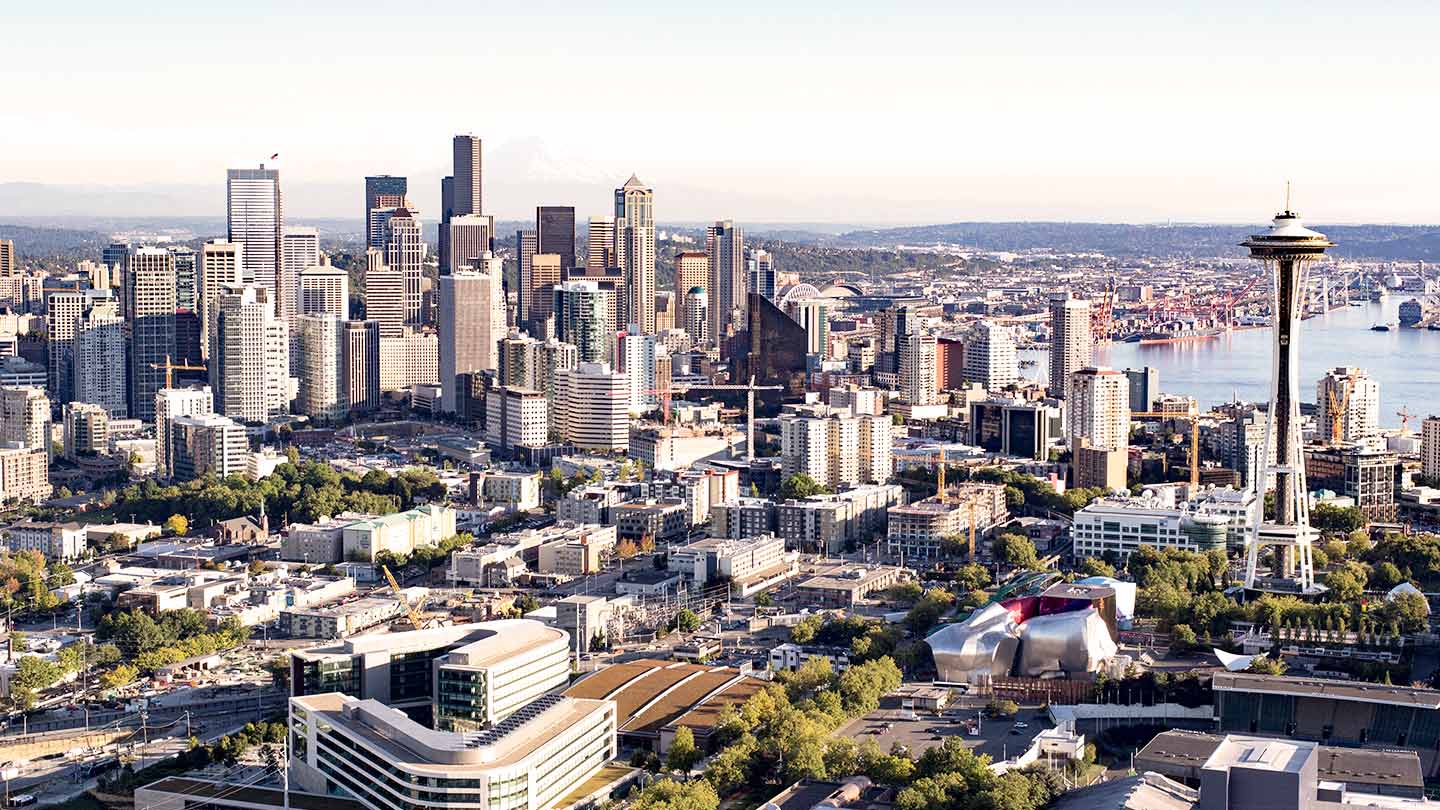
2:29 - Real Estate
If these walls could talk: Seattle
Nov 03, 2025
We’ve invested more than $630 million in Seattle affordable housing and community services over the past decade. Discover Community Development Banking’s local impact.
Watch video